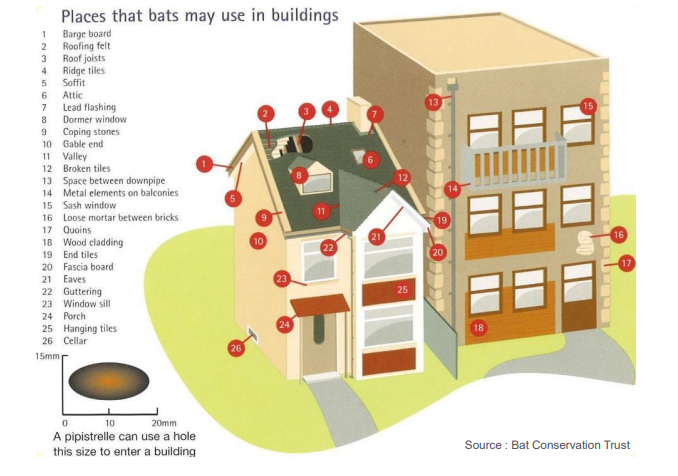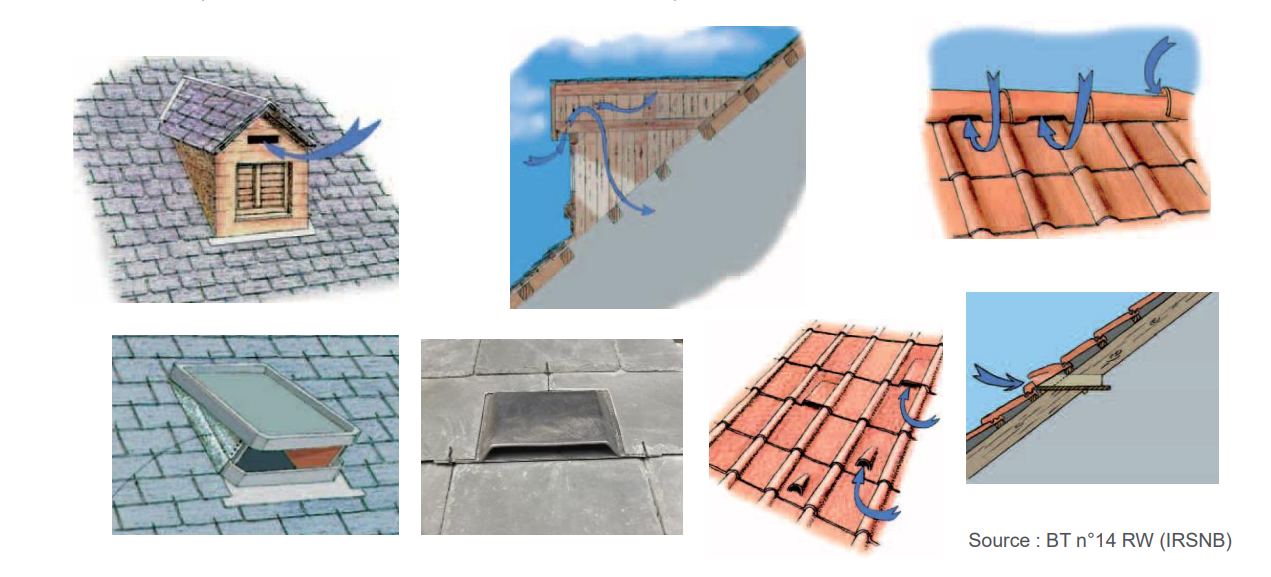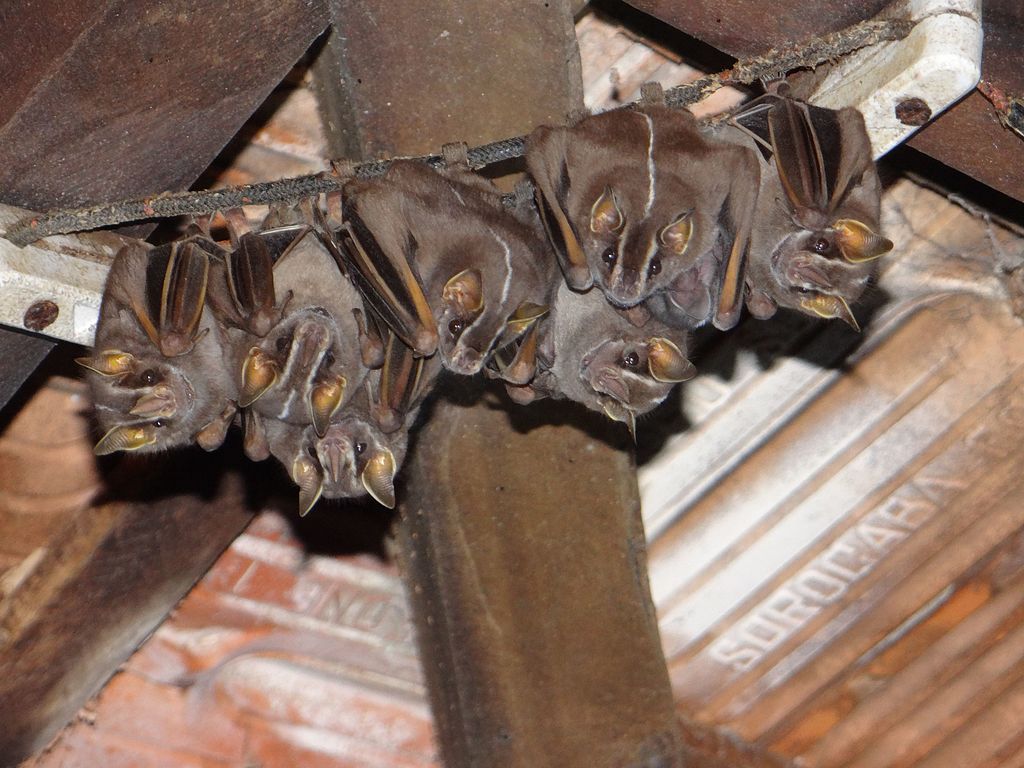Belgian residents undertaking the restoration of old buildings might find themselves in need of a bat expert.
With 23 species of bats existing in Belgium as a whole and three to five species taking up residence in Brussels specifically, it is not rare to find some living rent-free in old properties.
Bats are not pests – despite what vampire narratives might lead one to believe – but a critically endangered species that has seen a decline of 95% of the population in Europe during the past seven decades. Some factors to blame include intensive agricultural and urban activities that often lead to the destruction of bats’ habitats and the decimation of their breeding colonies.
For these reasons, Brussels Environment offers advice to help individuals in the process of renovating or building real estate protect the local bat population that might be affected by the work.
Respectful restorations
Even external alterations like temporary constructions, security lighting and paved surfaces can disrupt bats’ habitats, and so in some cases the presence of a bat specialist is mandatory in order to best follow the animal protection legal frameworks and planning policies. Some works might even necessitate a special license.

A slide from an Environmental Brussels presentation on where bats might roost in an old or new building. Credit: Brussels Environment
When planning construction or restoration, Environment Brussels encourages the following actions:
- A close and early collaboration between local authorities and nature conservation bodies, including an early 'toolbox talk' by a bat consultant to explain actions one should avoid to not disturb bats during work, such as closing doors and openings.
- The safeguarding of existing roosts, which also minimises the need for a bat mitigation license.
- A bat specialist consultant should closely oversee the schedule and approved timeframe to ensure compliance with licenses.
- In the case of the necessary destruction of roosts, provide the population with a new edifice of comparable roosting prospects including temperature and humidity.
- A budget that allows for various bat-related expenses such as bat surveys, license prerequisites and post-project monitoring.
- The education of building users, like facilities managers, about their legal obligations toward bats.
Bat-friendly buildings
In the case of the construction of new buildings, there are also ways to incorporate bat-friendly features that sustain the conservation of their species. A bat specialist consultant can guide the design of these features and recommend suitable materials.

A slide from an Environmental Brussels presentation on how to build bat-friendly buildings. Credit: Brussels Environment

